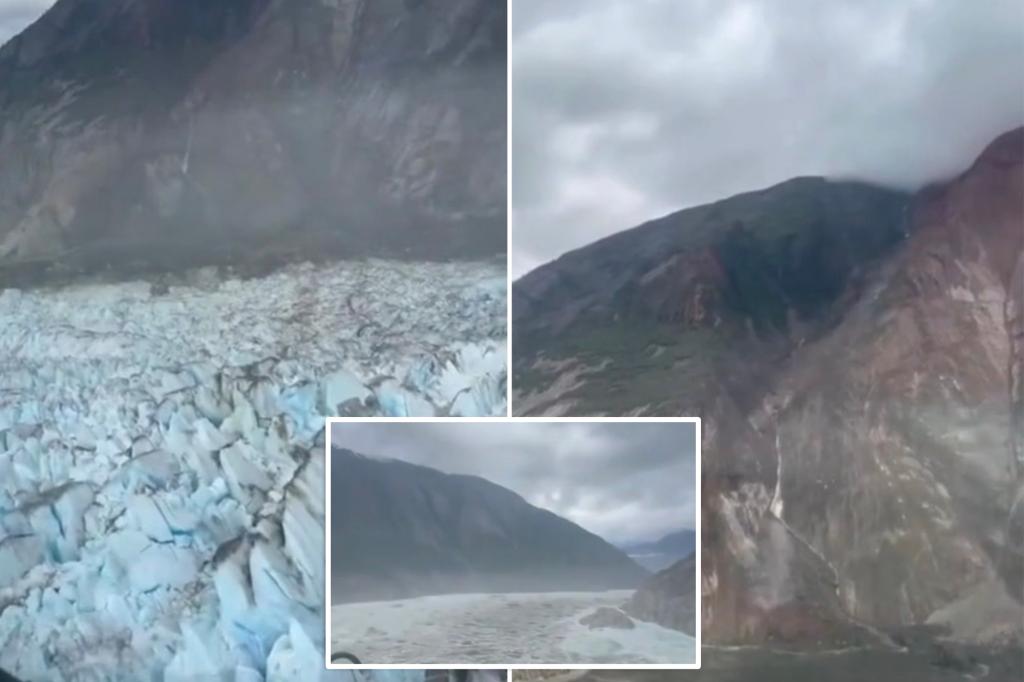Significant Landslide Triggers Local Tsunami in Alaska
A landslide in the Endicott Arm region of Alaska, near the state’s capital, resulted in a local tsunami early Sunday morning, with wave heights estimated at around 15 feet.
Boaters in the area reported the sudden onset of a local tsunami close to Harbor Island, as noted by the Alaska Earthquake Center. Three kayakers camping on Harbor Island faced losses of most of their equipment but managed to return safely to Juneau.
The waves near Harbor Island reached estimates of 10 to 15 feet. The National Park Service documented that a tsunami of extraordinary height, measured at 100 feet, stripped trees from the rocky inclines of Sawyer Island.
Ezgi Karasözen, a research scientist at the Earthquake Center, established that no earthquake had been detected in the vicinity to explain the tsunami’s occurrence, and the region fell outside the center’s established landslide detection zone.
Karasözen utilized the center’s landslide characterization algorithm to analyze data from local seismic stations. This analysis confirmed that a significant landslide was responsible for the tsunami.
The National Weather Service (NWS) confirmed there were no reported injuries from the event. Additionally, the NWS stated that the tsunami did not cause any damage to infrastructure.
“Our preliminary assessment indicated the landslide originated near South Sawyer Glacier and involved an enormous volume, potentially exceeding 100 million cubic meters,” Karasözen remarked.
The Alaska Earthquake Center indicated that this incident could be the largest landslide and tsunami event in Alaska since 2015. Seismic activity from the landslide was detected by instruments located over 600 miles away.
The U.S. Coast Guard conducted an aerial assessment of the landslide near South Sawyer Glacier and Tracy Arm Fjord, capturing footage of the debris strewn across the landscape.
Small earthquakes in the region were recorded for several hours leading up to the landslide, as noted by the Earthquake Center. It has been estimated that these minor tremors occurred for more than 18 hours prior to the landslide’s activation.
The Juneau office of the National Weather Service reported no injuries or infrastructure damage associated with either the landslide or the resulting tsunami.
In another development, Juneau is also bracing for potential flooding due to an overflow from a glacial lake linked to the Mendenhall Glacier, prompting authorities to initiate evacuations for residents in flood-prone areas.

Passionate journalist and digital news editor with a keen eye for global affairs and emerging trends. As the founder and lead writer of RSS News US, he is dedicated to delivering accurate, insightful, and engaging content to readers seeking trustworthy news in a fast-paced world.


